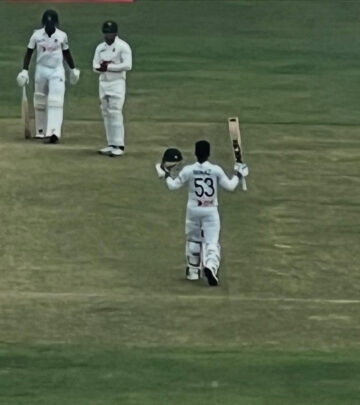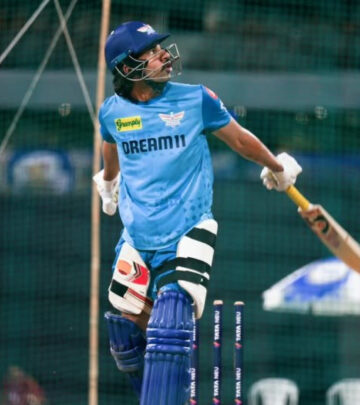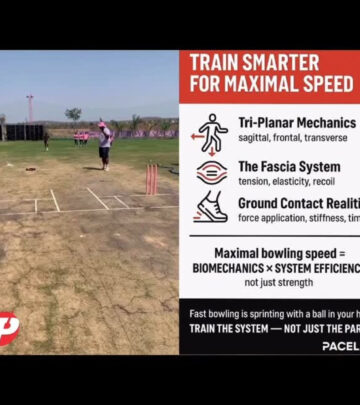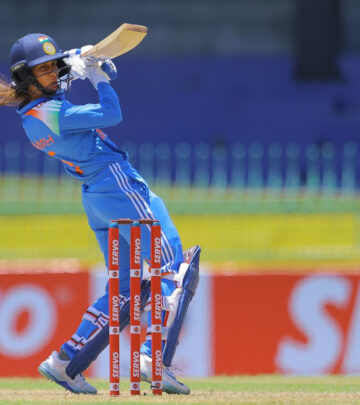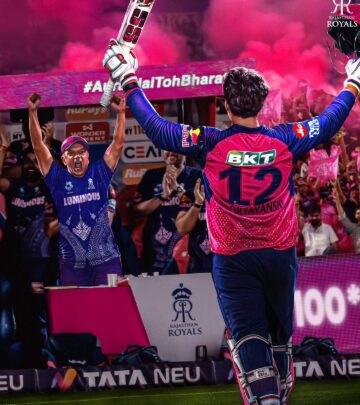1080 Sprint Metrics Reveal Bowling Run-Up Secrets
Insightful analysis of run-up dynamics and coaching drills boosting bowling performance!!!
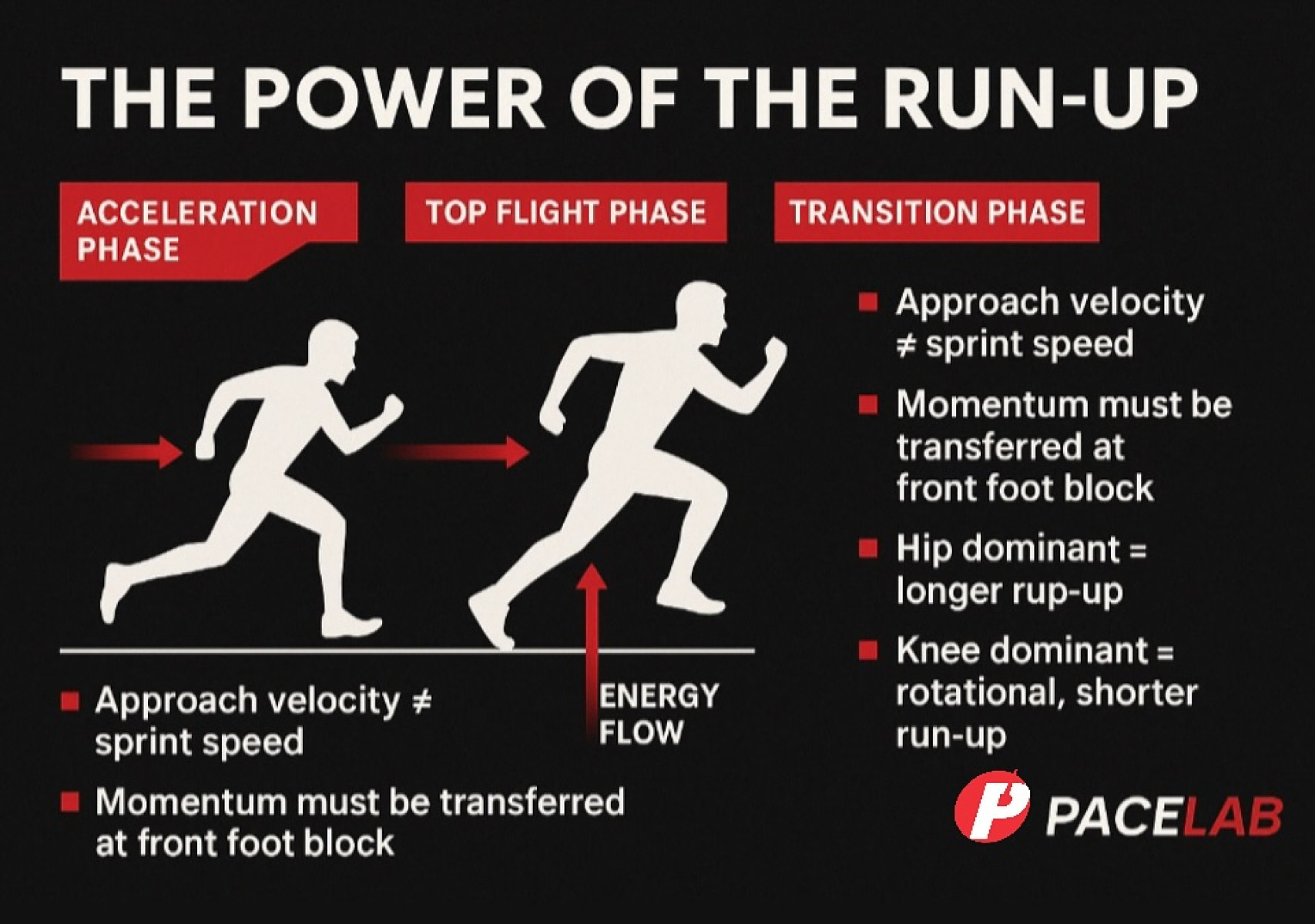
Image: Instagram
In the fast-paced world of cricket, every fraction of a second counts. Recent insights using 1080 sprint metrics have shed light on the critical role a bowler’s run-up plays in overall performance. By measuring key factors like peak velocity, power, force, acceleration, and time to maximum speed, coaches and performance analysts are uncovering exactly how momentum is built and transferred through the delivery stride.
What The 1080 Sprint Tells Us About The Run-up:
The 1080 Sprint provides a comprehensive quantitative breakdown of a bowler’s run-up. It distinguishes between two primary movement profiles:
• Hip-dominant bowlers, who display a higher peak velocity with a quicker time to top speed, relying more on horizontal force dominance.
• Knee-dominant bowlers, where higher braking force, more gradual acceleration, longer ground contact times, and vertical force dominance are observed.
These metrics not only illustrate how momentum is generated, but also indicate how that momentum is transferred into the delivery stride. By understanding these dynamics, coaches can identify whether a bowler builds momentum efficiently and if that momentum is effectively converted into vertical force at front foot contact.
Why The Run-up Is Crucial:
The run-up is far more than a simple approach; it sets the stage for the entire delivery. The momentum generated during this phase is transmitted through the kinetic chain at front foot contact, establishing the rhythm and timing required for effective ball release. A well-matched run-up can lead to higher ball speeds with less biomechanical load as indicated by a high ball speed-to-payload (BS:PL) ratio. In contrast, any misstep in run-up execution forces bowlers to compensate with upper body adjustments or mistimed delivery actions. This compensation can reduce overall performance and increase injury risk, making a precise run-up essential for both speed and safety.
Coaching Implications:
The detailed insights offered by the 1080 Sprint are transforming coaching approaches. For hip-dominant bowlers, drills such as fly-ins, overspeed exercises, and short sprints not only foster their natural ability to generate momentum quickly but also fine-tune their timing. Conversely, knee-dominant bowlers benefit from resisted sprints, braking drills, and exercises focused on postural control. These tailored overload plans allow coaches to prescribe training sessions that match an individual bowler’s profile, ensuring that the kinetic energy built up in the run-up is optimally transferred during delivery.
Veteran fast bowling coach Steffan Jones, known for his innovative approaches and deep understanding of biomechanics, has been a strong advocate for these data-driven methodologies. Through his Instagram presence and collaborations with Pacelab, Steffan Jones has highlighted how minute adjustments in a bowler’s approach can yield substantial improvements in performance. His insights underscore the importance of not only raw power but also of timing and coordination—factors that directly influence a bowler’s speed and overall effectiveness.
Building on this foundation, recent posts from Pacelab further illustrate the significance of integrating technology and data into training regimens. Among these is the detailed look at the Recharge Circuit, a method designed for fast bowlers to recover quickly while maintaining explosive power. This circuit, which restores central nervous system readiness and fast-twitch coordination, complements the work done on run-up mechanics by ensuring that athletes remain explosive and injury-free throughout intense competitions.
Additional content from Pacelab emphasizes the interplay between strength and technical precision. Training cycles incorporating competitive exercises (CE), specific development exercises (SDE), and preparatory exercises (SPE) are key in fine-tuning a bowler’s mechanics. Such structured programs ensure that the benefits of a well-executed run-up are not lost in the face of fatigue or overtraining. The concept of climatic fatigue is also gaining attention, reminding coaches that even subtle, cumulative wear can lead to performance plateaus or declines. It is this holistic view of performance that is driving modern coaching beyond traditional methods.
Today’s fast bowlers are required to perform at peak levels consistently, and every detail—from the rhythm of their run-up to the explosive movements during delivery—matters. By leveraging 1080 sprint metrics, coaches can diagnose inefficiencies, tailor training sessions, and ultimately foster a generation of bowlers who maximize their natural abilities through precision and smart training techniques.
In conclusion, the integration of detailed biomechanical metrics into fast bowling training is revolutionizing the sport. The insights gained from the 1080 Sprint allow coaches to understand the nuances of the run-up and develop tailored strategies that bridge the gap between raw athleticism and refined technique. With experts like Steffan Jones championing these innovative approaches, the future looks bright for fast bowlers striving for excellence on the cricket pitch.
Read full bio of Joyce





